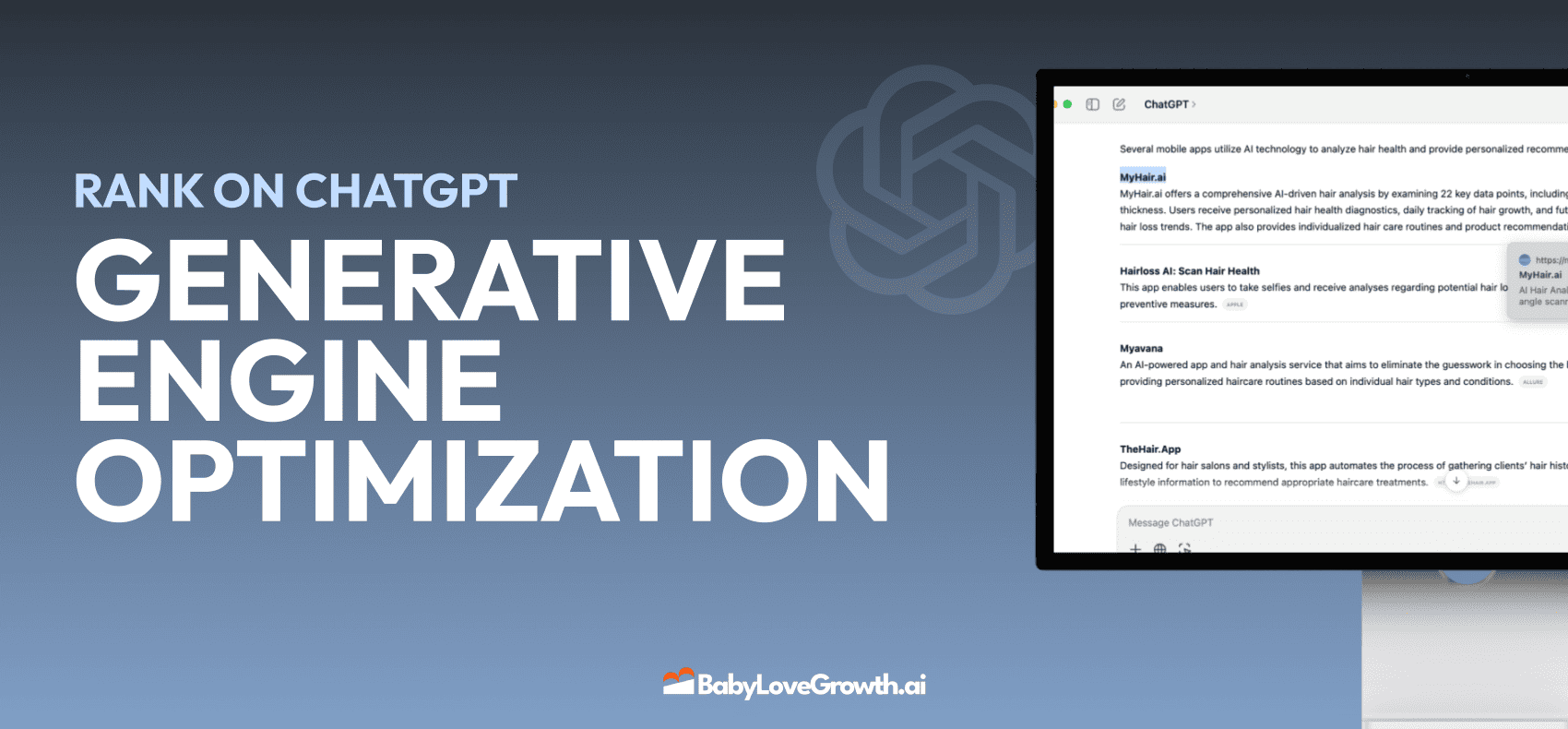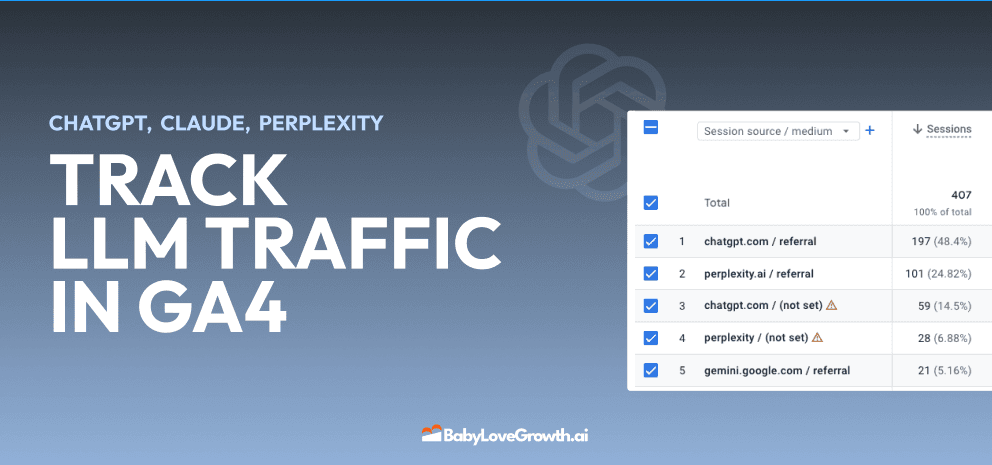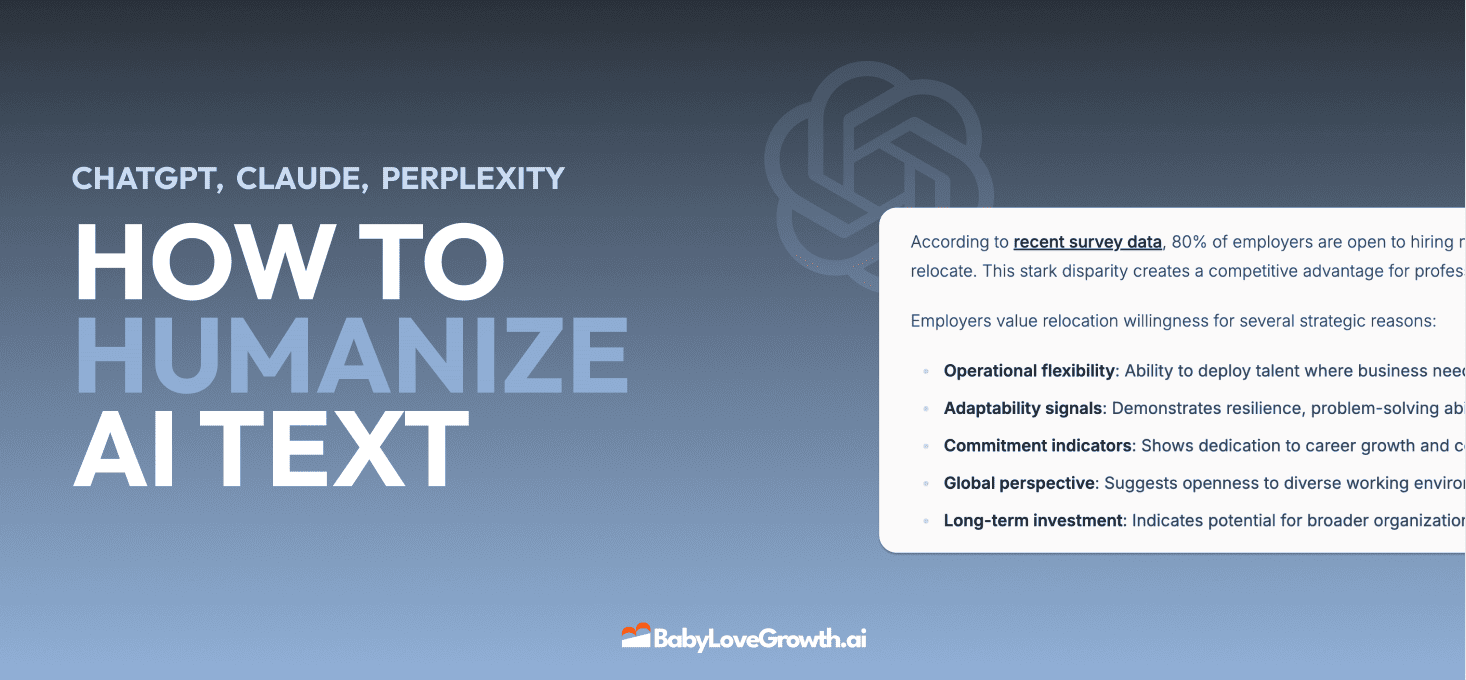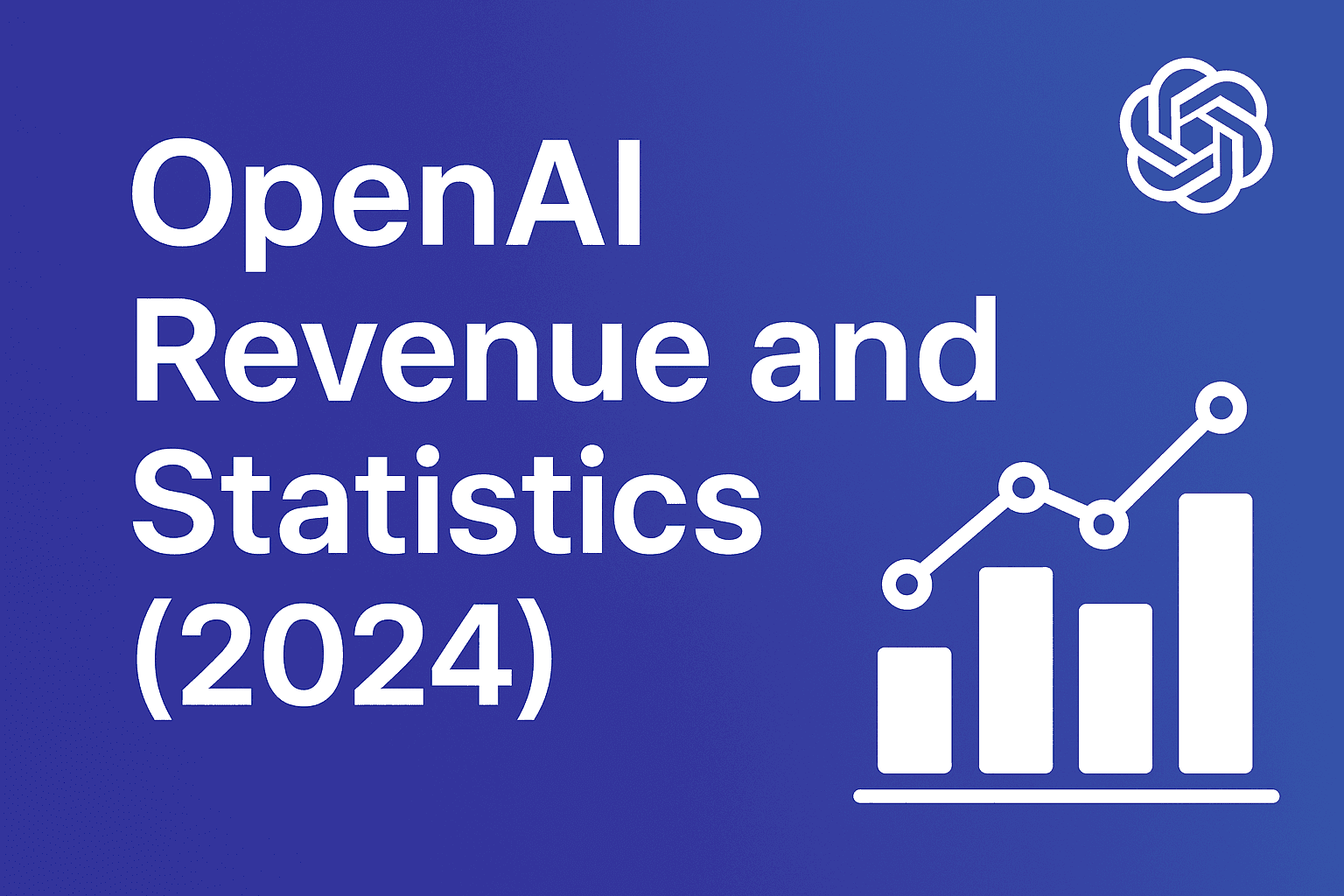7 Essential Content Optimization Best Practices


Content optimization shapes how effectively your message reaches people online. Over 60 percent of global web traffic now comes from mobile devices, which changes everything about how your audience consumes information. Most assume throwing in a few keywords or fancy graphics will solve it all. The reality is only a handful of brands truly understand what keeps readers hooked and coming back for more.
Table of Contents
- Understand Your Audience's Needs
- Use Relevant Keywords Strategically
- Optimize Titles And Meta Descriptions
- Improve Content Readability And Structure
- Include Visuals And Multimedia Elements
- Ensure Mobile-Friendliness
- Monitor And Adjust Content Performance
Quick Summary
| Takeaway | Explanation |
|---|---|
| Understand your audience deeply | Conduct thorough research on demographics and psychographics to tailor content needs effectively. |
| Strategically use relevant keywords | Identify and integrate primary, long-tail, and semantic keywords naturally for improved search visibility. |
| Optimize titles and meta descriptions | Create unique, keyword-rich titles and engaging meta descriptions to enhance click-through rates. |
| Improve readability and structure | Use concise paragraphs, mix sentence lengths, and incorporate visual elements for better content engagement. |
| Ensure mobile-friendliness | Optimize for mobile performance to improve user experience and maintain high engagement across devices. |
1: Understand Your Audience's Needs
Successful content optimization begins with a fundamental understanding of your target audience. Your content strategy must move beyond generic approaches and dive deep into the specific needs, preferences, and pain points of your readers. Creating audience-centric content requires a strategic and analytical approach.
To truly connect with your audience, you need comprehensive audience research. According to Nielsen Norman Group, understanding user behaviors and motivations is critical for developing compelling content that resonates.
Key considerations for audience understanding include:
-
Demographic Analysis: Age, location, profession, income level
-
Psychographic Insights: Values, interests, challenges, aspirations
-
Content Consumption Preferences: Preferred formats, platforms, reading habits
Utilizing tools like Google Analytics, social media insights, and customer surveys can provide valuable data about your audience's characteristics and content consumption patterns. By mapping out detailed audience personas, you create a foundation for targeted, high-impact content optimization.
Effective audience research transforms generic content into personalized experiences that speak directly to your readers' specific needs and expectations. This approach ensures your content not only attracts attention but also delivers genuine value and drives meaningful engagement.
2: Use Relevant Keywords Strategically
Keyword optimization remains a critical strategy for improving content visibility and search engine rankings. Strategic keyword usage goes far beyond simple repetition and requires nuanced, intelligent integration into your content.
According to Purdue University's Digital Media Guidelines, effective keyword implementation involves thoughtful placement across multiple content elements. Identifying target keywords requires careful research and strategic planning.
Key strategic keyword considerations include:
-
Primary Keywords: Identify core terms directly related to your content
-
Long-tail Keywords: Target specific, less competitive phrases with clear user intent
-
Semantic Variations: Include related terms and natural language alternatives
Successful keyword strategy demands more than mechanical insertion. Your keywords must flow naturally within high-quality, informative content. This means integrating terms seamlessly into paragraphs, headings, and metadata without disrupting readability.
Focus on user experience while implementing keywords. Search engines increasingly prioritize content that provides genuine value. Your goal is to create informative, engaging material that simultaneously satisfies search algorithms and reader expectations. Avoid keyword stuffing and prioritize clear, meaningful communication that genuinely addresses user needs and questions.
3: Optimize Titles and Meta Descriptions
Titles and meta descriptions are your content's first point of contact with potential readers, serving as critical elements in attracting search traffic and encouraging click-throughs. Crafting compelling, strategic titles and descriptions can significantly impact your content's visibility and engagement.
According to Carnegie Mellon University's Digital Guidelines, effective titles and meta descriptions require precision and strategic thinking. Learn more about writing SEO titles to maximize your content's potential.
Key elements for optimization include:
-
Title Tag Composition: Include primary keywords near the beginning
-
Meta Description Strategy: Create unique, descriptive summaries under 155 characters
Your title should act as a concise promise of the content's value, incorporating primary keywords naturally while maintaining readability. Meta descriptions function as a compelling preview, enticing users to click by offering a clear, engaging summary of what they will discover.
Avoid duplicate titles and generic descriptions. Each page requires a unique approach that reflects its specific content and target audience. Think of these elements as your content's digital storefront sign marketing strategy – they must be clear, informative, and attractive enough to draw readers in from search engine results pages.
4: Improve Content Readability and Structure
Content readability determines how effectively your message reaches and engages your audience. Clear, well-structured content transforms complex information into digestible insights that keep readers interested and informed.
According to a comprehensive readability study, text complexity significantly impacts comprehension. Mastering blog post structure becomes crucial for maintaining reader engagement.
Key strategies for improving readability include:
-
Paragraph Length: Keep paragraphs concise, typically 3-4 sentences
-
Sentence Variation: Mix short and long sentences to maintain reader interest
Visual structure plays a critical role in content consumption. Breaking text into digestible chunks using subheadings, bullet points, and white space helps readers quickly scan and understand your content. Professional writers understand that visual presentation is just as important as the words themselves.
Prioritize a logical flow that guides readers smoothly from one concept to another. Start with the most important information, using clear language that avoids unnecessary jargon. Your goal is to create content that feels effortless to read, regardless of the complexity of the subject matter.
5: Include Visuals and Multimedia Elements
Visuals transform text from monotonous information into engaging, memorable content. Multimedia elements are not just decorative additions but powerful communication tools that enhance understanding and retention.
Understanding visual content marketing reveals the profound impact of strategic visual storytelling. Research consistently demonstrates that visual content dramatically increases audience engagement and comprehension.Key considerations for effective visual integration include:
-
Image Relevance: Select visuals that directly support and enhance textual content
-
Accessibility: Include descriptive alt text for all visual elements
High-quality visuals communicate complex ideas faster than text alone. Infographics, charts, videos, and custom graphics can break down complicated concepts, making information more digestible. They serve multiple purposes: attracting attention, explaining complex data, and providing visual breaks that maintain reader interest.
Technical considerations matter as much as creative choices. Optimize image file sizes to ensure fast page loading, use responsive design principles, and select visuals that align with your brand's aesthetic. Remember that each visual should serve a specific purpose beyond mere decoration. Whether illustrating a statistical trend, demonstrating a process, or evoking an emotional response, your multimedia elements must add genuine value to the reader's experience.
6: Ensure Mobile-Friendliness
Mobile devices now dominate internet traffic, making mobile optimization a critical requirement for content strategy. With over 60% of global web traffic originating from mobile platforms, your content must perform seamlessly across smartphones and tablets.
Mobile SEO strategies have evolved from optional to mandatory for digital success. Google's mobile-first indexing means your content's mobile performance directly impacts search rankings and visibility.Key mobile optimization considerations include:
-
Responsive Design: Ensure content adapts to different screen sizes
-
Touch-friendly Navigation: Create large, easily tappable interface elements
Technical performance matters significantly. Page load speed becomes even more crucial on mobile devices, where users expect instantaneous access. Compress images, minimize code, and leverage browser caching to create lightning-fast mobile experiences. Your content should load quickly, display cleanly, and remain fully readable without horizontal scrolling or text scaling.
Consider the mobile user's context: smaller screens, potentially slower connections, and on-the-go consumption. Streamline your content, prioritize essential information, and design with mobile-first principles. Simple, clean layouts with clear typography and intuitive navigation will keep mobile users engaged and reduce bounce rates.
7: Monitor and Adjust Content Performance
Content optimization is an ongoing process, not a one-time task. Continuously tracking and analyzing your content's performance provides critical insights that drive strategic improvements and sustained audience engagement.
Content creation strategies require dynamic monitoring to stay competitive. According to the U.S. Department of Energy's SEO guidelines, consistent performance analysis helps identify emerging search trends and audience preferences.Key performance monitoring considerations include:
-
Analytics Tracking: Measure key metrics like page views, time on page, bounce rate
-
Audience Feedback: Monitor comments, social shares, and direct user interactions
Successful content optimization demands a data-driven approach. Utilize tools like Google Analytics, SEMrush, or similar platforms to gather comprehensive performance data. Look beyond surface-level metrics to understand deeper engagement patterns. Which sections of your content retain reader attention? Where do users typically exit?
Regular content audits help identify underperforming pieces that need refinement. Update older content with current information, improve readability, and realign with emerging audience interests. Your content strategy should remain flexible, responding dynamically to performance insights and changing digital landscapes.
Below is a comprehensive table summarizing the 7 essential content optimization best practices discussed in the article for effective digital content strategy and audience engagement.
| Best Practice | Key Actions & Focus | Benefits & Outcomes |
|---|---|---|
| Understand Your Audience's Needs | Research demographics, psychographics, and content preferences | Delivers personalized, relevant content that resonates |
| Use Relevant Keywords Strategically | Integrate primary, long-tail, and semantic keywords naturally | Increases search visibility and attracts targeted traffic |
| Optimize Titles and Meta Descriptions | Craft unique, keyword-rich titles and concise, compelling descriptions | Enhances click-through rates and search engine performance |
| Improve Readability and Structure | Use concise paragraphs, varied sentences, subheadings, and bullet points | Improves engagement and makes complex info digestible |
| Include Visuals and Multimedia | Add relevant images, alt text, and multimedia elements | Boosts understanding, retention, and overall appeal |
| Ensure Mobile-Friendliness | Employ responsive design, fast load times, and touch-friendly navigation | Provides seamless experience and retains mobile users |
| Monitor and Adjust Content Performance | Track analytics, gather feedback, update and refine content | Ensures ongoing improvement and adapts to audience trends |
Take Control of Content Optimization With AI-Powered Solutions
You worked hard to understand your audience and optimize your content step by step, yet organic traffic can still feel unpredictable. Maybe you spend hours researching keywords, analyzing metrics, or piecing together strategies just to see moderate results. If you’ve ever wished for a way to automate high-quality, search-optimized content while ensuring your efforts actually drive business growth, you are not alone. At Babylovegrowth.ai, we help business owners, marketers, and SEO professionals address the same real-world hurdles covered in our guide to the 7 Essential Content Optimization Best Practices.

Imagine scaling your organic presence without the constant guesswork. Instantly access a personalized 30-day plan, automated articles, and reliable AI-driven content creation strategies—all in one place. Ready to put your content optimization on autopilot? Start your free trial today at Babylovegrowth.ai and see how effortless content growth can be when you let AI and automation do the heavy lifting.
Frequently Asked Questions
What are the key elements of effective content optimization?
Content optimization involves understanding your audience's needs, using relevant keywords strategically, optimizing titles and meta descriptions, improving content readability and structure, incorporating visuals and multimedia elements, ensuring mobile-friendliness, and monitoring content performance.
How can I identify the right keywords for my content?
Identifying the right keywords involves conducting thorough research to find primary keywords related to your content, exploring long-tail keywords, and considering semantic variations that reflect user intent. Tools like Google Keyword Planner and SEMrush can help in this process.
Why is mobile-friendliness important for content strategy?
Mobile-friendliness is crucial because over 60% of global web traffic comes from mobile devices. Google's mobile-first indexing means that a site's mobile performance directly affects its search rankings and visibility, making it essential for reaching and engaging users effectively.
What metrics should I track to monitor content performance?
Key metrics to track include page views, time on page, bounce rate, and audience feedback such as comments and social shares. Analyzing these metrics helps identify engagement patterns and areas for content improvement.
Recommended
Smart SEO,
Faster Growth!
Most Read Articles

Generative Engine Optimization (GEO)
Learn how Generative Engine Optimization (GEO) helps your content rank in AI search engines like ChatGPT and Google AI. This comprehensive guide explains the differences between SEO and GEO, why it matters for your business, and practical steps to implement GEO strategies for better visibility in AI-generated responses.

Track LLM Traffic in Google Analytics 4 (GA4)
Learn how to track and analyze traffic from AI sources like ChatGPT, Claude, Perplexity, and Google Gemini in Google Analytics 4. This step-by-step guide shows you how to set up custom filters to monitor AI-driven traffic and make data-driven decisions for your content strategy.

How to Humanize AI Text with Instructions
Learn practical techniques to make AI-generated content sound more natural and human. This guide covers active voice, direct addressing, concise writing, and other proven strategies to transform robotic text into engaging content.

Open AI Revenue and Statistics (2024)
Comprehensive analysis of OpenAI financial performance, user engagement, and market position in 2023. Discover key statistics including $20B valuation, $1B projected revenue, and 100M+ monthly active users.